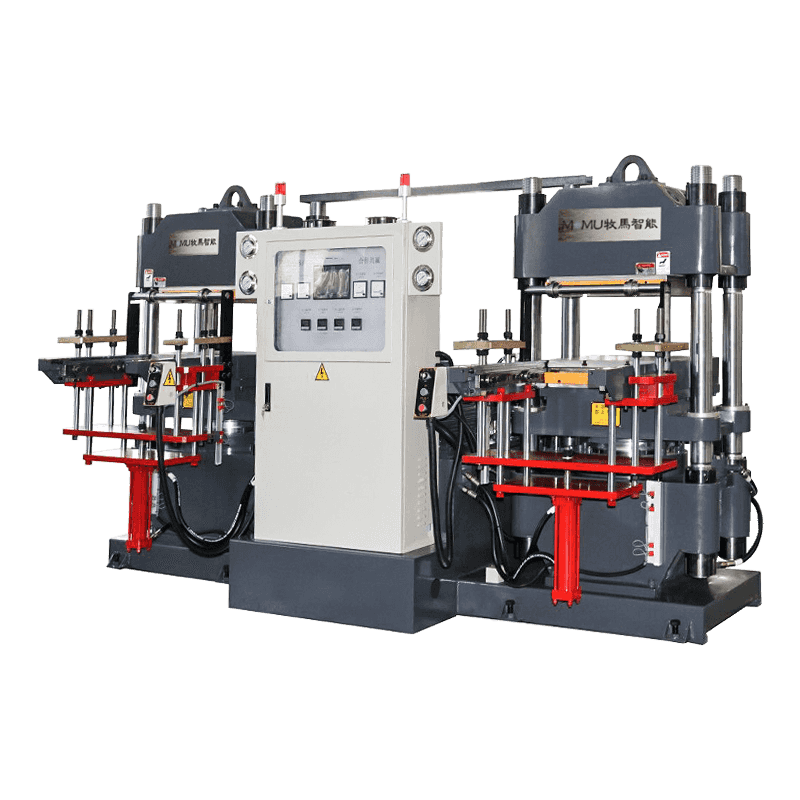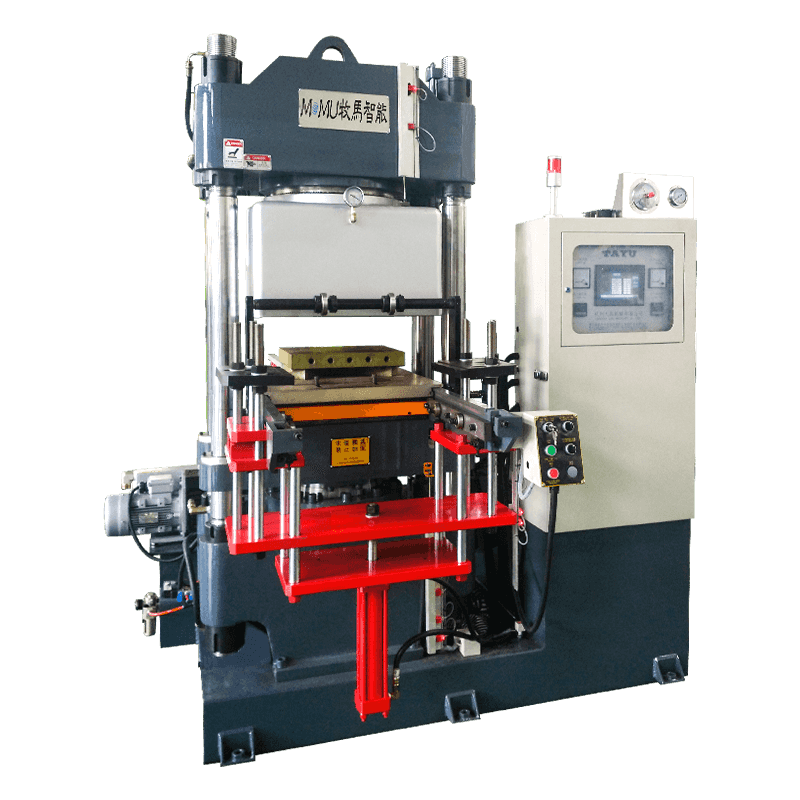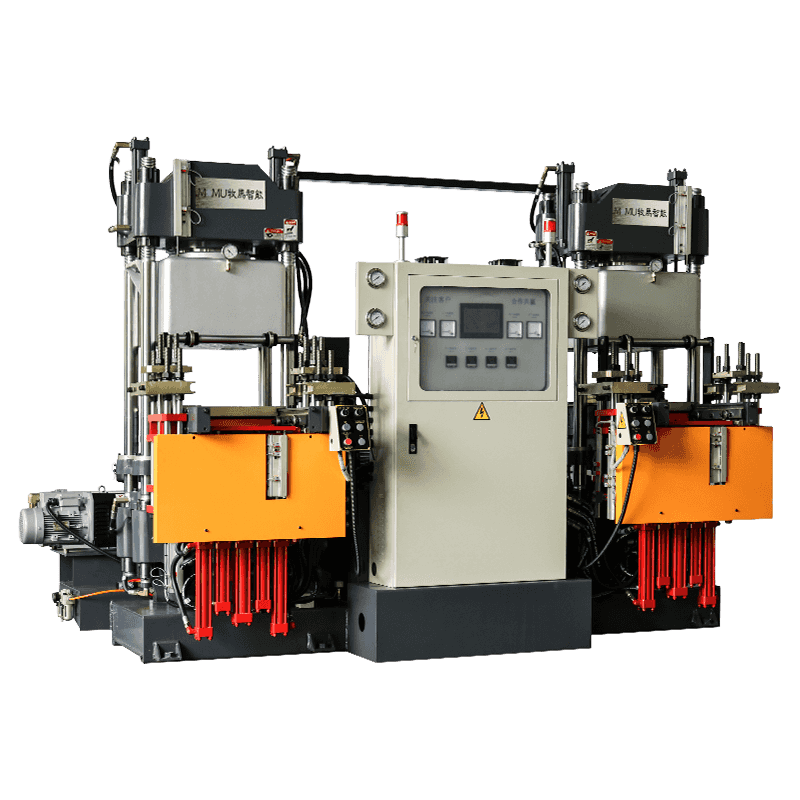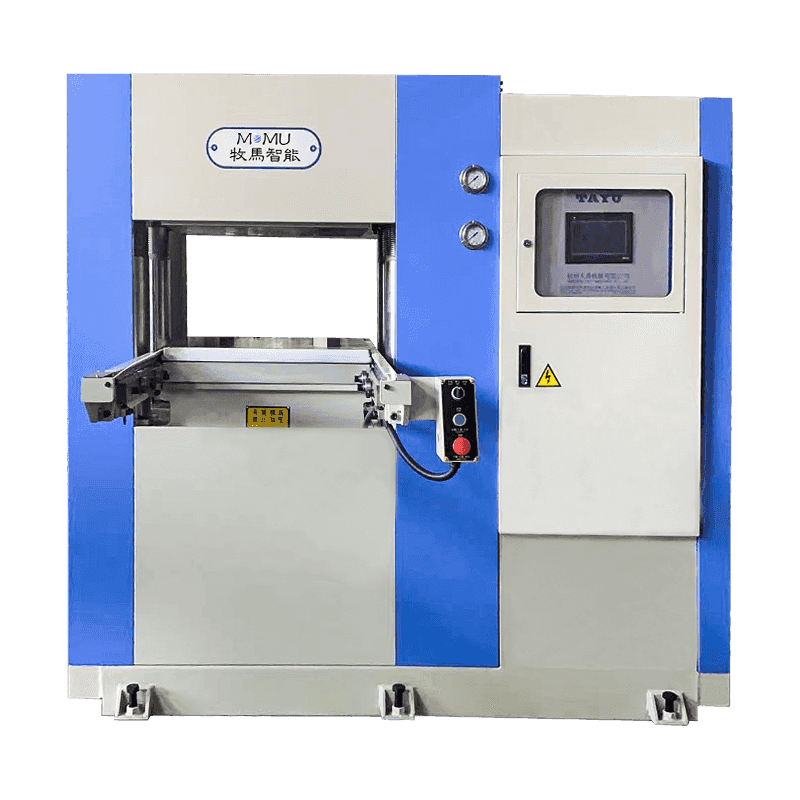Vacuum compression molding machines are capable of producing a wide range of parts with varying shapes, sizes, and complexities. The versatility of these machines allows for the production of parts with intricate details and precise dimensions. Here are some examples of the shapes and sizes of parts that can be produced using a vacuum compression molding machine:
Flat Parts:
Vacuum compression molding machines can produce flat or planar parts, such as gaskets, seals, and insulating materials.
These parts may have simple geometries with uniform thicknesses or feature embossed patterns or textures for enhanced functionality or aesthetics.
Curved or Contoured Parts:
Vacuum compression molding machines are capable of molding parts with curved or contoured surfaces, such as automotive interior components, aircraft fairings, and medical device housings.

These parts may have complex shapes with gradual curves or compound contours that require precise molding techniques to achieve the desired form.
Complex Geometries:
Vacuum compression molding machines can produce parts with complex geometries, including undercuts, overhangs, and intricate details.
These parts may have features such as ribs, bosses, holes, slots, and channels that require specialized tooling and molding processes to replicate accurately.
Large Parts:
Vacuum compression molding machines are capable of molding large parts, such as automotive body panels, appliance housings, and industrial components.
These parts may have dimensions ranging from several inches to several feet in length, width, or height, depending on the size of the molding machine and the tooling used.
Small Parts:
Vacuum compression molding machines can also produce small parts, such as electronic connectors, medical device components, and consumer product accessories.
These parts may have intricate features and tight tolerances, requiring precise control of molding parameters and tooling design.
Thin-Walled Parts:
Vacuum compression molding machines can mold thin-walled parts with uniform thicknesses, such as packaging trays, covers, and enclosures.
These parts may require specialized molding techniques to prevent warping, distortion, or sink marks during the molding process.
Thick-Walled Parts:
Vacuum compression molding machines are capable of molding thick-walled parts, such as structural components, industrial housings, and heavy-duty enclosures.
These parts may require longer molding cycles and higher pressures to ensure complete filling of the mold cavity and proper consolidation of the material.
Vacuum compression molding machines offer flexibility in producing parts of various shapes, sizes, and complexities, making them suitable for a wide range of industries and applications requiring customized components with precise specifications.





